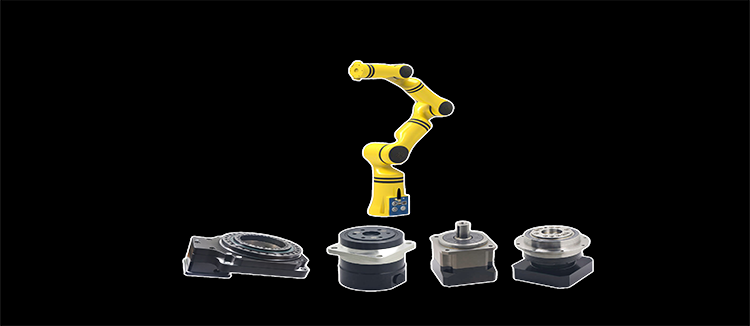Understanding the Precision and Efficiency of DD Motor Technology
When it comes to the world of precision motion control, the DD motor (Direct Drive motor) stands out as a key player. This advanced technology has revolutionized industries that require high accuracy and reliability in their motion control systems. In this article, we will delve into what makes the DD motor so special and how it contributes to the efficiency and precision of various applications.
The DD motor is a type of electric motor that eliminates the need for a gearbox or other mechanical transmission devices. Instead, it directly couples the motor's rotor to the load, which allows for a more direct and efficient transfer of power. This direct drive approach offers several advantages over traditional motor systems, including reduced noise, increased torque, and improved precision.
One of the primary benefits of the DD motor is its ability to provide high torque at low speeds. This is particularly useful in applications where high starting torque is required, such as in robotics, semiconductor manufacturing, and heavy machinery. The direct connection between the motor and the load also means that there is no loss of energy through the transmission, which results in a more efficient system overall.
Another significant advantage of the DD motor is its precision. By eliminating the need for a gearbox, the DD motor can achieve higher positional accuracy and repeatability. This is crucial in applications where precise control of movement is essential, such as in medical equipment, precision machinery, and aerospace components. The lack of mechanical wear and tear in the DD motor also contributes to its long-term reliability and reduced maintenance requirements.

The DD motor's efficiency is not just limited to its mechanical aspects. Its electronic control systems are also designed to optimize energy usage. Modern DD motors often come with integrated drives that can adjust the motor's speed and torque based on the specific demands of the task at hand. This adaptive control not only saves energy but also extends the life of the motor by reducing the stress on its components.
When it comes to noise reduction, the DD motor excels. The absence of a gearbox means that there is less mechanical noise generated by the motor. This is particularly beneficial in environments where noise pollution is a concern, such as in hospitals, research laboratories, and quiet manufacturing facilities.
Maintenance is another area where the DD motor shines. With fewer moving parts, there is less that can go wrong, and the components that do require maintenance are often easier to access and service. This can lead to significant cost savings over the lifetime of the motor, as well as reduced downtime for maintenance.
The versatility of the DD motor is also noteworthy. It can be scaled up or down to fit a wide range of applications, from small precision instruments to large industrial machinery. This adaptability, combined with its high performance, makes the DD motor a popular choice for engineers and designers looking to incorporate advanced motion control into their projects.
In conclusion, the DD motor's direct drive technology offers a range of benefits that make it an attractive option for applications requiring precision, efficiency, and reliability. Its high torque at low speeds, precision control, noise reduction, energy efficiency, and low maintenance requirements all contribute to its popularity in a variety of industries. As technology continues to advance, the DD motor is likely to play an increasingly important role in the future of motion control systems.











